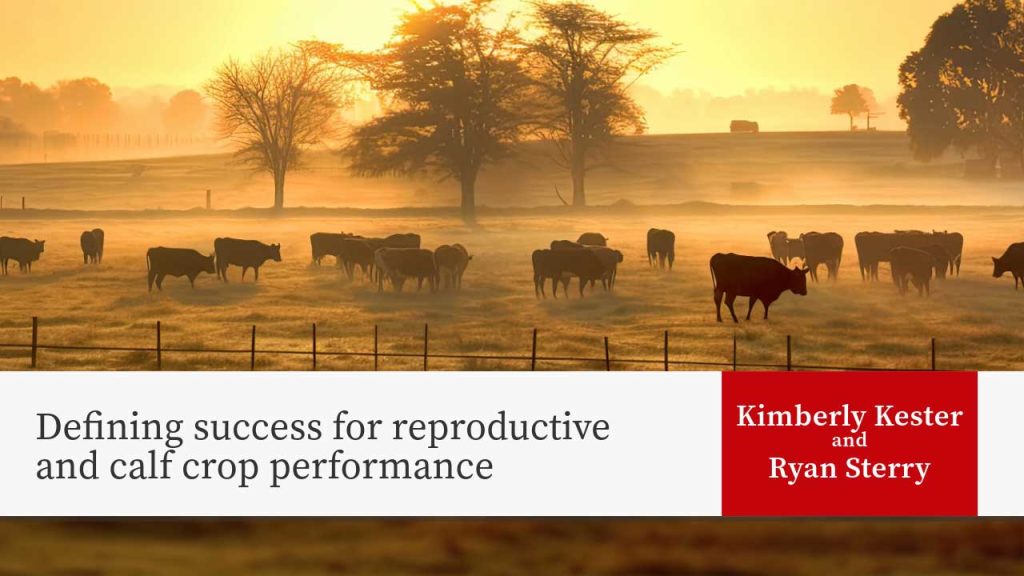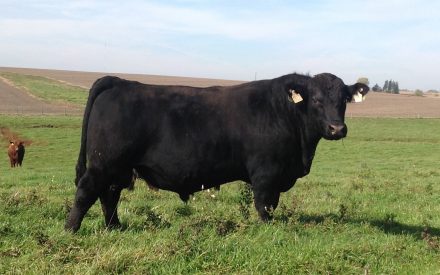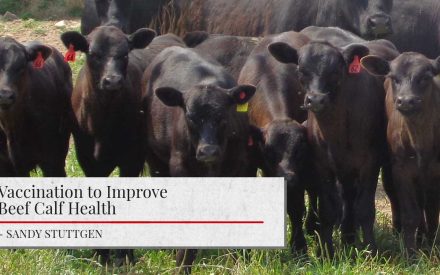Originally appeared in Cattle Trails – March 2025
Setting goals
Setting herd goals is one of the first steps towards driving on-farm success. After all, you can’t get where you’re going without a clear destination. Goal setting can help you work towards continuous improvement for both herd performance and profitability.

Goals should be S.M.A.R.T.
- Specific
- Measurable
- Achievable
- Relevant
- Time-based
Specific: there is a trait or performance indicator you want to improve, such as weaning percentage.
Measurable: can be tracked or recorded, usually a percentage or number of pounds.
Achievable and Relevant: to be a realistic goal that truly matters to your operation.
Time-based: Put it on a timeline. If you do not give yourself a deadline, it will probably never happen.
Once you have a goal in mind, define the steps or sub-goals. What actions do you need to take to achieve the goal? If you want to improve your weaning percentage, this could be influenced by multiple factors including pregnancy and calving percentage, or even herd health protocols. For newer producers, a goal may be to simply improve your record keeping for the coming year.
Remember that all goals take time. Establish checkpoints where you will revisit the goals you set. This may fit in well after weaning or during a slow season for your farm. Adjust goals as necessary for the next year.
Focusing on the calf crop
Profitability for most commercial cow-calf operations depends on the pounds weaned and marketed from each calf crop. Encouraging farms to develop a record-keeping system is often half the battle (you can’t manage what you don’t measure); however, records must also be used for decision making to maximize their value. As the 2025 calf crop hits the ground and develops, these are some performance metrics worth tracking. North Dakota State University’s Cow Herd Appraisal Software (CHAPS) provides standardized formulas to calculate performance, as well as benchmarks for comparison (www.ndsu.edu/chaps/).
Pregnancy percentage: (Number of females exposed diagnosed as pregnant / Number of females exposed) x 100%
Calving percentage: (Number of calves born / Number of females exposed) x 100%
Weaning percentage: (Number of calves weaned / Number of females exposed) x 100%
Calving distribution: An analysis of when calves are born, broken into 21-day intervals.
Example
Here’s a simplified example in action. Our farm had 50 cows exposed for breeding in 2024, and from them, 40 calves were weaned in 2025. The CHAPS benchmark for weaning percentage is 91.4%, but ours is 80%.
Calculating our weaning percentage was a good first step to identify an area of concern. We need further information, though, to identify what the problem might be and when it’s occurring (bull or cow fertility, pregnancy loss, or calf mortality).
Having the necessary records to calculate pregnancy and weaning percentages paints a more complete picture, with a pregnancy percentage of 84% and calving percentage of 82%. An 84% pregnancy percentage tells us something happened around breeding season.
Summary
Returning to goal setting, to improve weaning percentage, our farm should first focus on pregnancy percentage. We can revisit this goal at calving, breeding, and weaning by monitoring body condition scores, dystocia, and more. We can consult our trusted advisors to help set goals and a timeline, and also identify what needs to happen within the year and what may take multiple years to realistically achieve.
Authors

Kimberly Kester
Dairy and Livestock Program Manager – Kimberly’s programming focuses on beef cow-calf operations, specifically genetic improvement, heifer development, and heat abatement. She also supports programming in small ruminant parasite management and poultry flock management.

Ryan Sterry
Regional Dairy Educator / Professor – Ryan Sterry is a Regional Livestock Educator and Professor with the University of Wisconsin – Madison Division of Extension covering Chippewa, Dunn, and Eau Claire Counties. His educational programming and research focuses on beef and dairy genetics and reproduction and Beef x Dairy crossbreeding.
References
- Evaluating the calving season
https://livestock.extension.wisc.edu/articles/evaluating-the-calving-season/ ↗️ - Production Records for Commercial Cow-Calf Operations
https://extension.missouri.edu/publications/g2045 ↗️


 Are your bulls ready for the breeding season?
Are your bulls ready for the breeding season? Evaluating the calving season
Evaluating the calving season Determining cattle pregnancy status
Determining cattle pregnancy status Vaccination to Improve Beef Calf Health
Vaccination to Improve Beef Calf Health


